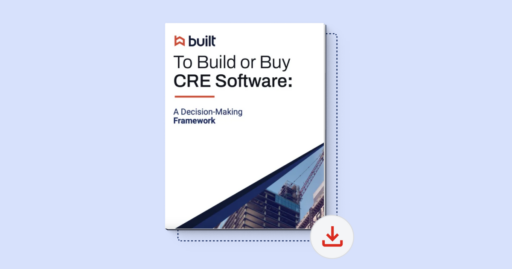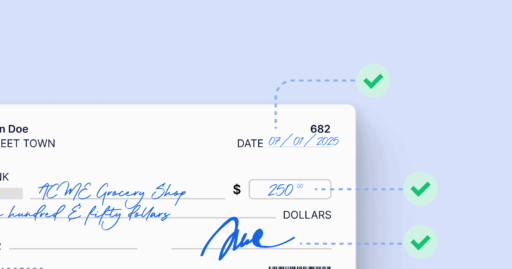Change in the Workplace: Conquer the Employee Grieving Process in Five Simple Steps

If introduced to employees in the wrong way, change in the workplace forces employees into a grieving process in which they must learn to let go of their old ways to accept new processes. As it does in personal life, grief in the workplace also comes complete with five stages including denial, anger, bargaining, depression, and acceptance.
The workplace grieving process can be mitigated somewhat by including employees in the conversations which take place around an impending change throughout the process leading up to a decision. Change, however, is difficult for everyone, and the grieving process cannot be completely avoided. If you plan to implement a change, such as new software, to your company, learn to recognize the stages of grief in your staff and take these steps to usher them through the process.
- Denial: If you include employees in the conversations surrounding an impending change, you might notice denial in the form of resistance in defense of old processes. Even if employees see and admit certain ways procedures and operating tools could be improved, staff in denial will not believe these problems can be effectively solved without sacrificing current efficiencies.The Solution: Acknowledge employees’ experiences. Give them confidence that decisions will be made with their input. Remind them that new practices will only be adopted to improve efficiency and the product or service customers receive. Change is aimed to provide staff with another selling point.
- Anger: If implementing change results in angry employees, remember that anger is a secondary emotion, meaning it is the result of a deeper, more complex feeling. Change in the workplace can leave once self-assured employees feeling insecure with their daily tasks.The Solution: As Kate Reno, Change Management Consultant at Red Hat, explains, “The anger and grief happens less when you’re extremely transparent about what’s happening and why it’s happening. Solicit feedback along the way.” Reassurance is key. Be a sounding board for employee’s feelings and any anxiety they might experience through the process. Provide meetings for open discussion and an environment which allows staff to voice their concerns and challenges. Let them know you do not expect them to be immediately comfortable with the changes and that you are also involved in the learning process.
- Bargaining: During this stage, employees will look for ways around the new processes. They will create workarounds, if possible, and stick to their old ways while appearing to adapt to the new.The Solution: Be mindful that this will happen. Implementing new processes in stages can make it easier for employees to adapt, one step at a time. If change must happen at once, be understanding of employee’s workaround and be sure to show them how these old process translate within the new software or policy.
- Depression: When change has finally sunk in, your employees might feel dejected and perhaps less effective in their positions, positions in which they once excelled.The Solution: Help your employees recognize their assets with plenty of affirmation and reassurance. Show them how their skills apply within the new system and provide plenty of resources to mitigate feelings of helplessness.
- Acceptance: When your employees gain enough confidence in a new system that truly realize its potential, they will finally accept the new ways, removing previous obstacles and flourishing within a more efficient process.The Solution: Though acceptance is not really a problem, it can be if you do not provide employees with plenty of opportunity for learning and development. Take advantage of the momentum acceptance builds by making the most of your employee’s newfound energy and enthusiasm.
Remember that as the head of your company, you are the person to whom each employee looks for guidance. Remaining vigilant and tuning in to your employees’ emotions, struggles, and triumphs during times of change will help your company realize return on investment much more quickly.
{{cta(‘6964afb1-6347-4050-a126-c00d9992af7b’)}}






